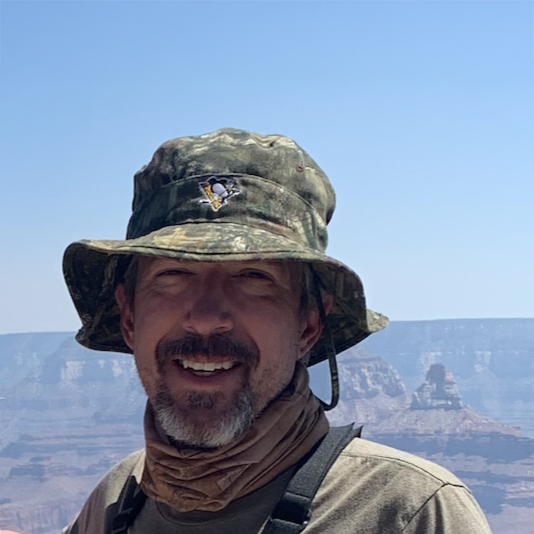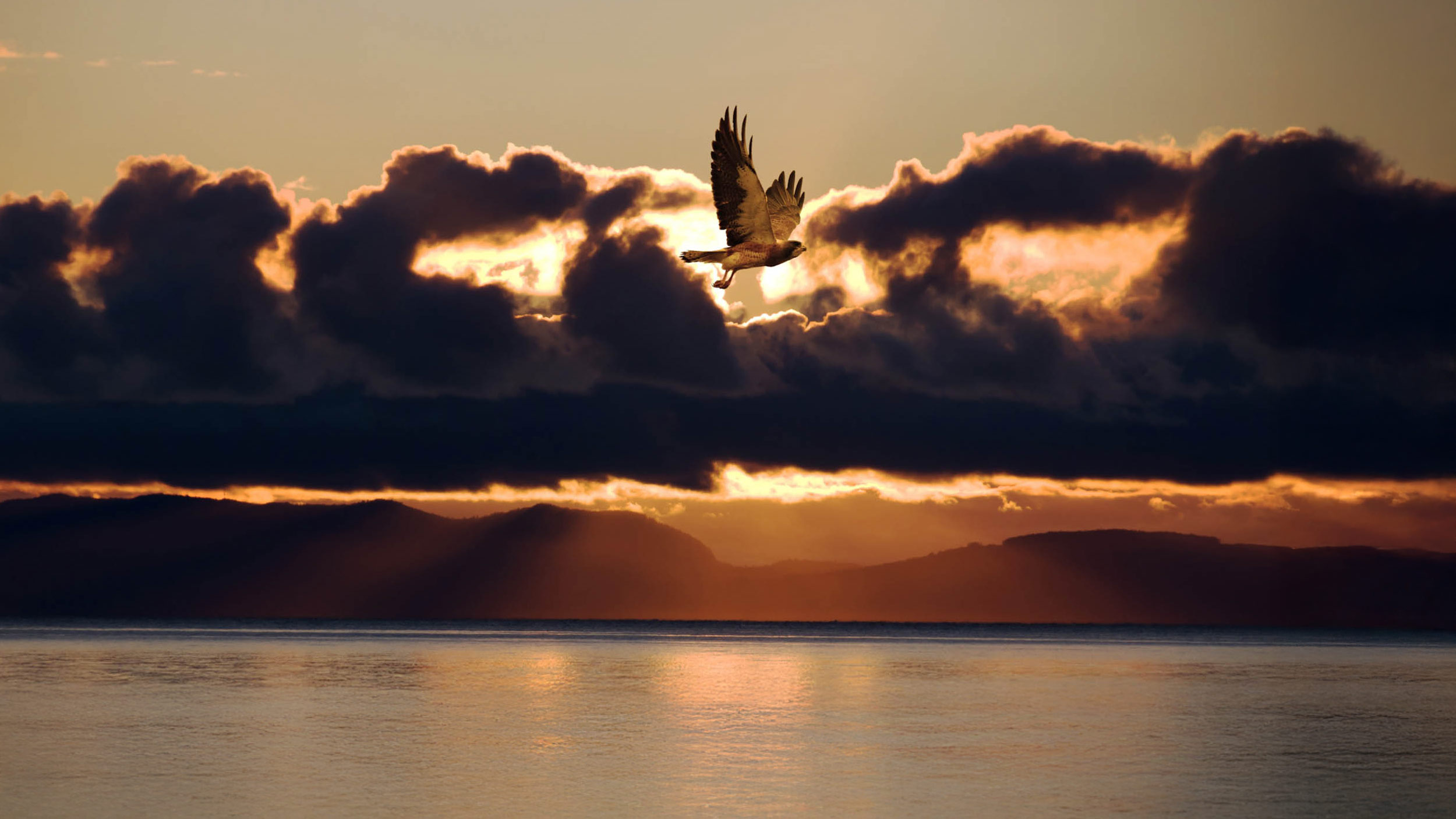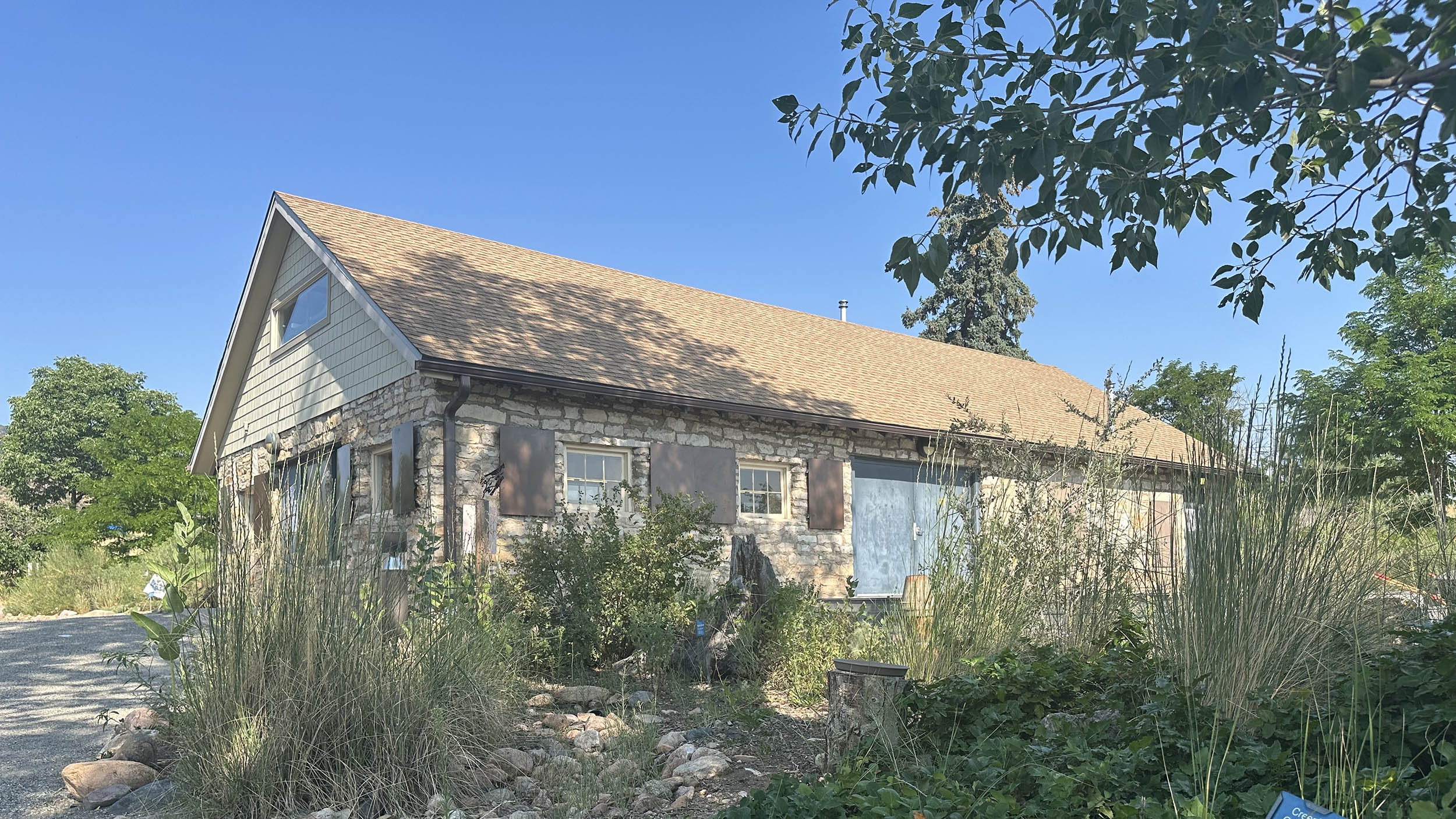Advocacy
2026 budget recommendations end federal support for national bird banding program.
De-funding ends 120-year-old flagship avian research program.
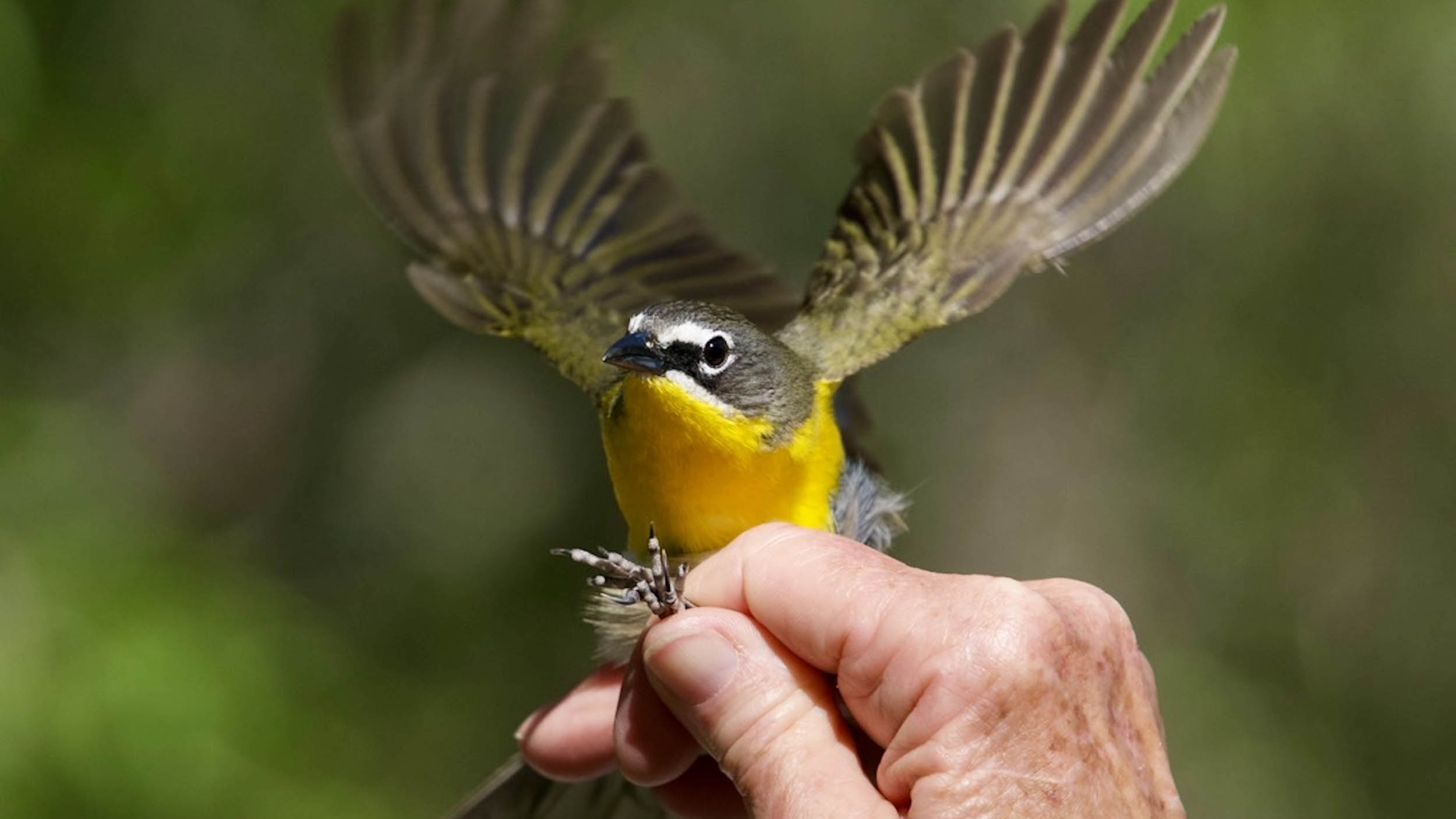
Article by Dave Kwasnick
One-hundred and twenty-five years ago, a precocious Frederick Charles Lincoln walked out of the Colorado Museum of Natural History and away from his position as curator of ornithology. An important new post beckoned: a founding member of the nation's nascent bird banding research program. A century and a quarter later, the U.S. federal government is vehement about eliminating the national bird banding effort Lincoln helped establish.
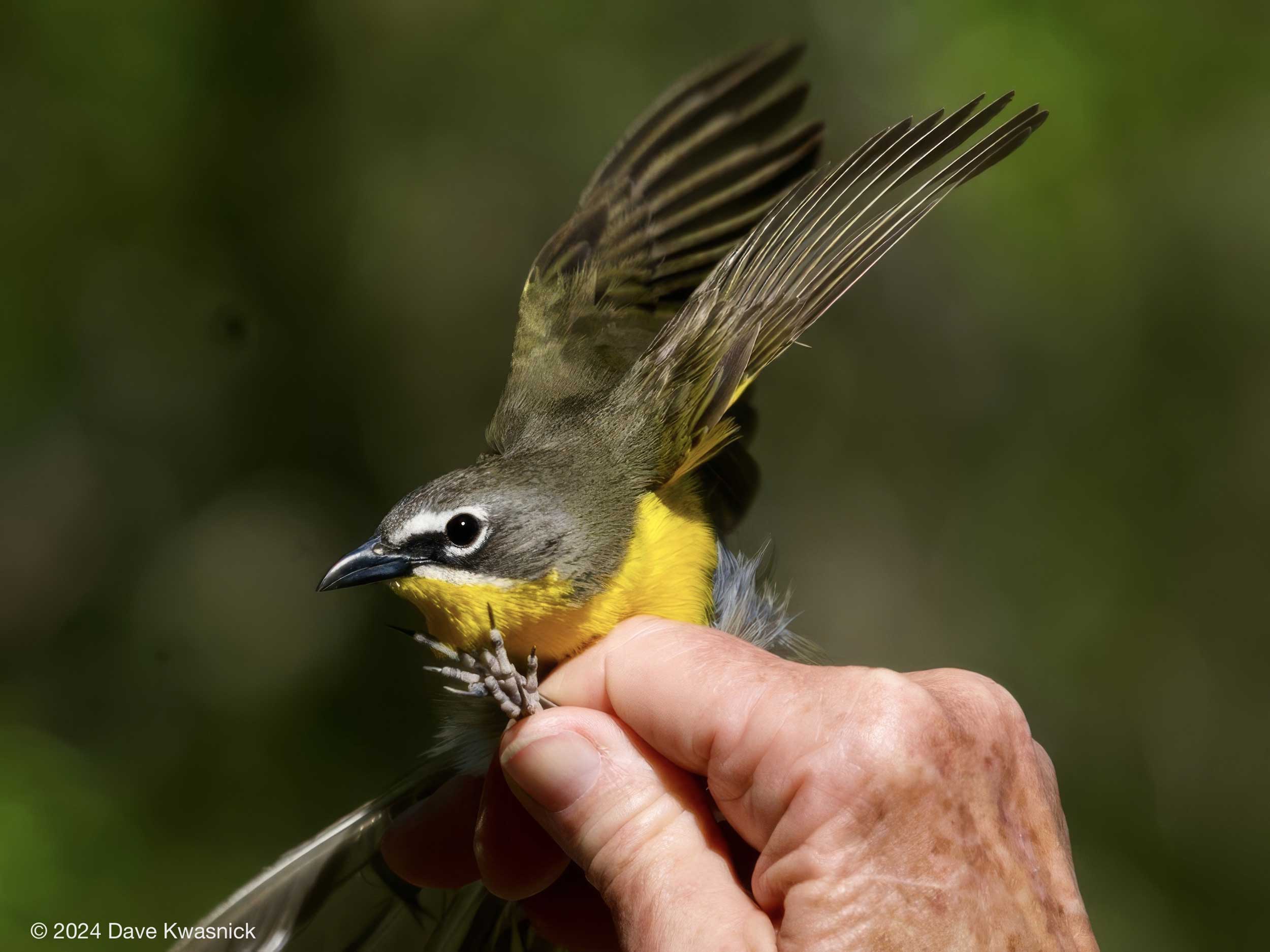
Ornithologists and naturalists along the Front Range are equally passionate about keeping the program alive - whether it involves the feds or not.
"At Denver Audubon, what we're saying is that, 'We'll find a way.' " Denver Audubon Executive Director Nicole Bopp. "We're going to find a way to move forward without losing this incredibly important data."
Bopp is not alone in her stance. She's witnessing other heavy hitters in the avian scientific community stepping up to mitigate the potential of losing nation's bird banding program.
"I'm really impressed with organizations like Cornell (Lab of Ornithology) and our National Audubon and Colorado organizations such as the Bird Conservancy of the Rockies that are like, 'We're going to figure this out,' " said Bopp.
What's happening.
The Trump Administration's 2026 U.S Fiscal Budget recommends eliminating the U.S. Geological Survey's Ecosystems Mission Area (EMA). With staff nationwide, including Colorado's Fort Collins Science Center, the EMA acts as the Department of the Interior's scientific brain, informing it on the sustainable management of our nation's biological and ecological resources.

The Bird Banding Laboratory (BBL) is part of the EMA. Since 1920, it has collected more than 77 million avian data points, leading to important outcomes for birds - and people. The early detection of avian influenza and West Nile virus, protection of endangered species, safeguarding critical habitat for migrating birds and helping create a waterfowl resurgence are just a few examples.
The BBL accomplishes all of this with just 12 full-time paid staffers, relying instead on an army of dedicated unpaid volunteers to perform most of the field work.
By eviscerating the EMA's funding, the Trump administration's 2026 budget proposal also ends the Bird Banding Lab's support, too. Therefore, under the 2026 recommendation, EMA funding will plummet from $293 million to $29 million - or $13 million less than Kansas City Chiefs' quarterback Patrick Mahomes makes per season.
All is not lost.
Ironically, the U.S. Congress's incessant deadlock may be the salvation of both the EMA and the BBL, says Garth Spellman, PHD, director of zoology and health sciences, curator of ornithology at the Denver Museum of Nature and Science.
"If Congress passes the 2026 budget recommendation that the Trump Administration is putting forward right now, that would sunset the USGS biological survey and that affects the Bird Banding Lab," Spellman said. "But we all know that Congress' success rate at actually passing a budget is terrible."
The federal government's 2026 fiscal year begins October 1, 2025. If legislators can't agree on a suite of appropriations bills (including those defunding the EMA and BBL) by September 30, 2025, they may turn to a continuing resolution to keep the government afloat financially. If that happens, then all facets of the federal government with unapproved budgets will automatically default to full 2025 spending levels.
"If it stays status quo the way it is for 2025 funding and Congress is going to do a continuing resolution, then that's OK," said Spellman. "So, I'm not pessimistic...but I'm not optimistic either."
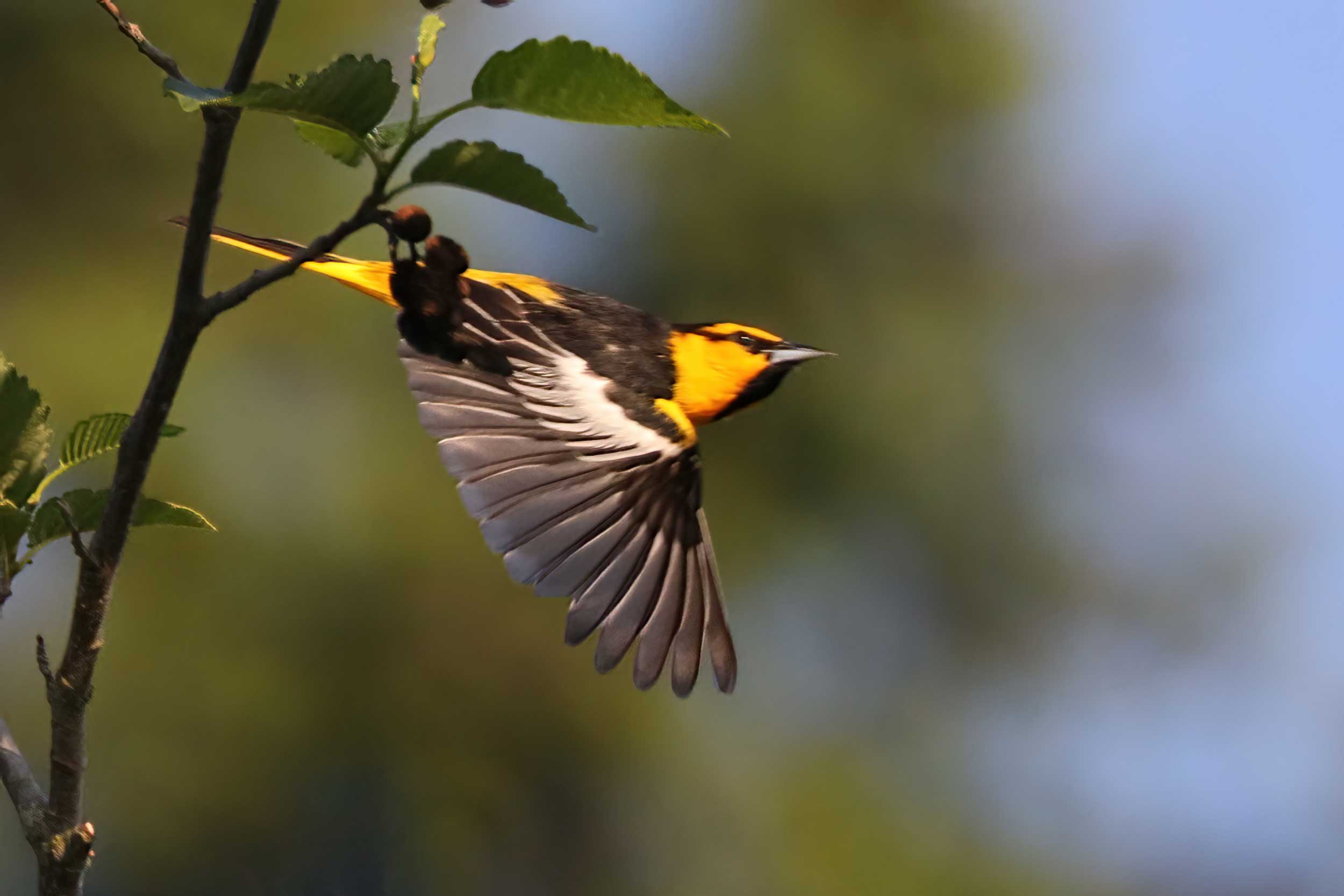
The importance of bird banding.
Meredith McBurney, Bird Conservancy of the Rockies coordinator of banding and volunteers, is quick to point out that bird banding isn't just about tagging birds with a tiny metallic leg band. McBurney, who has banded more than 30,000 birds, noted that banders glean a lot of important information from the birds they temporarily capture, including blood and DNA samples, age, sex, breeding and feather condition and other key indicators of both individual and species health.
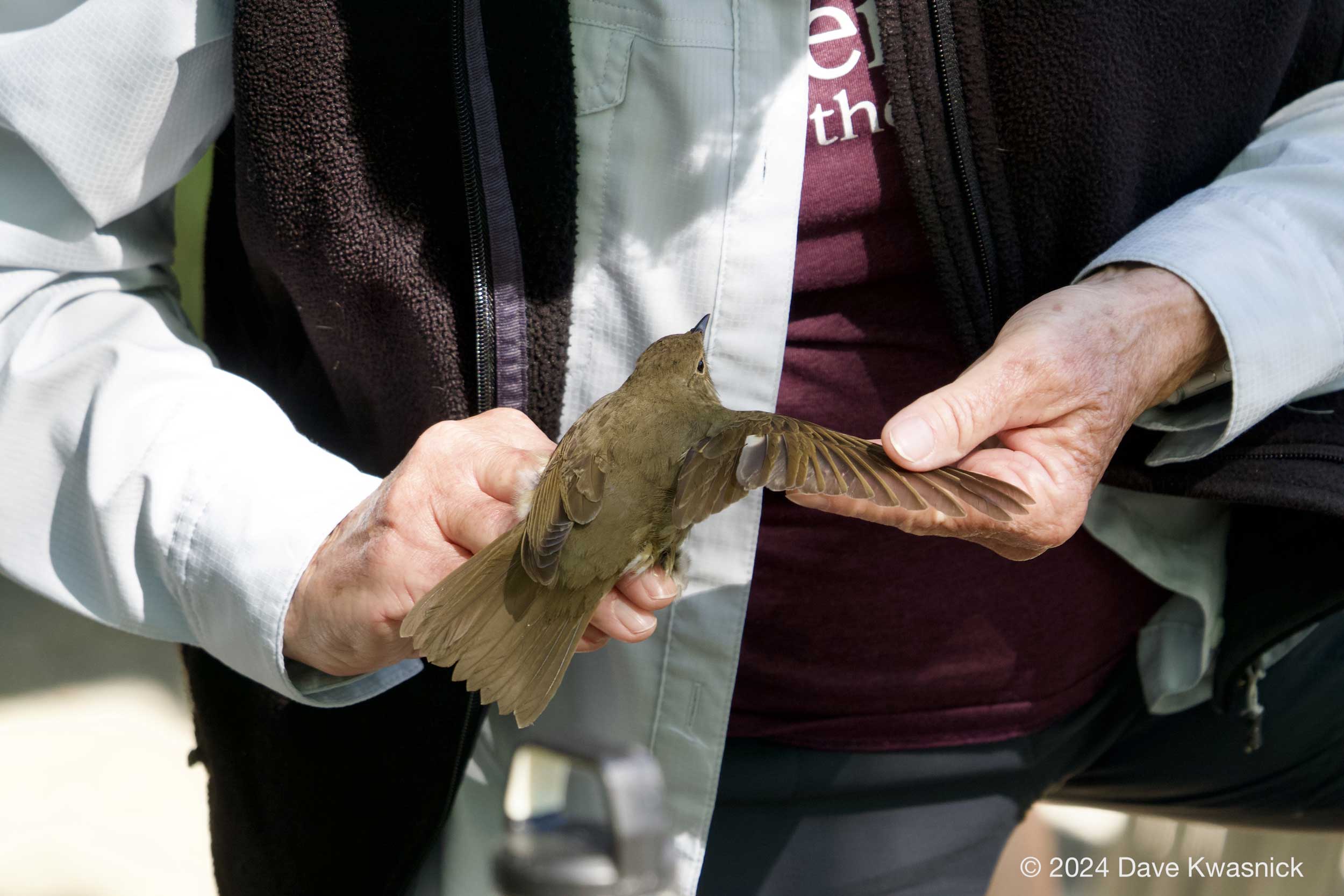
"What's really important is the information you can get from a bird when you have it," McBurney said. "All of this tells us what's happening with birds. And knowing all this and where they go during the course of the year hopefully gives us enough information to conserve them."
She pauses for a moment and then adds, "That is, if you've got the political and economic will to do it."
The power of seeing nature up close.
Audrey Hicks, Denver Audubon's conservations program manager, is well versed in the scientific value bird banding delivers. But she sees another side of the program that's perhaps just as powerful: the ability of a bird in a bander's hand to mesmerize visitors and deepen their love of nature.

"It's one of our best tools for engaging people and sparking an interest in birds," Hicks said. "Because a lot of people who come out really don't have a strong interest in birds. And then they see a bird up close and they're hooked."
With first and fourth grade school trips visiting Denver Audubon four days a week during its month-long spring bird banding program, she said kids are often the prime beneficiary of nature's power.
"There was one kid who got to release a bird and was like, 'This is the best day of my life", said Hicks. "So to think of the young scientists that we kind of help create, we would lose that. And it would be a huge loss."
What bird banding without federal funding may look like.
Spellman points out that Fredrick Charles Lincoln had the prescience in 1920 to realize that for the efforts of the U.S. Bird Banding Lab to succeed, they also had to be international. That insight has since blossomed into a long-standing collaboration between the U.S and Canadian governments under the North American Bird Banding Program. He believes that this relationship may now hold even greater value.
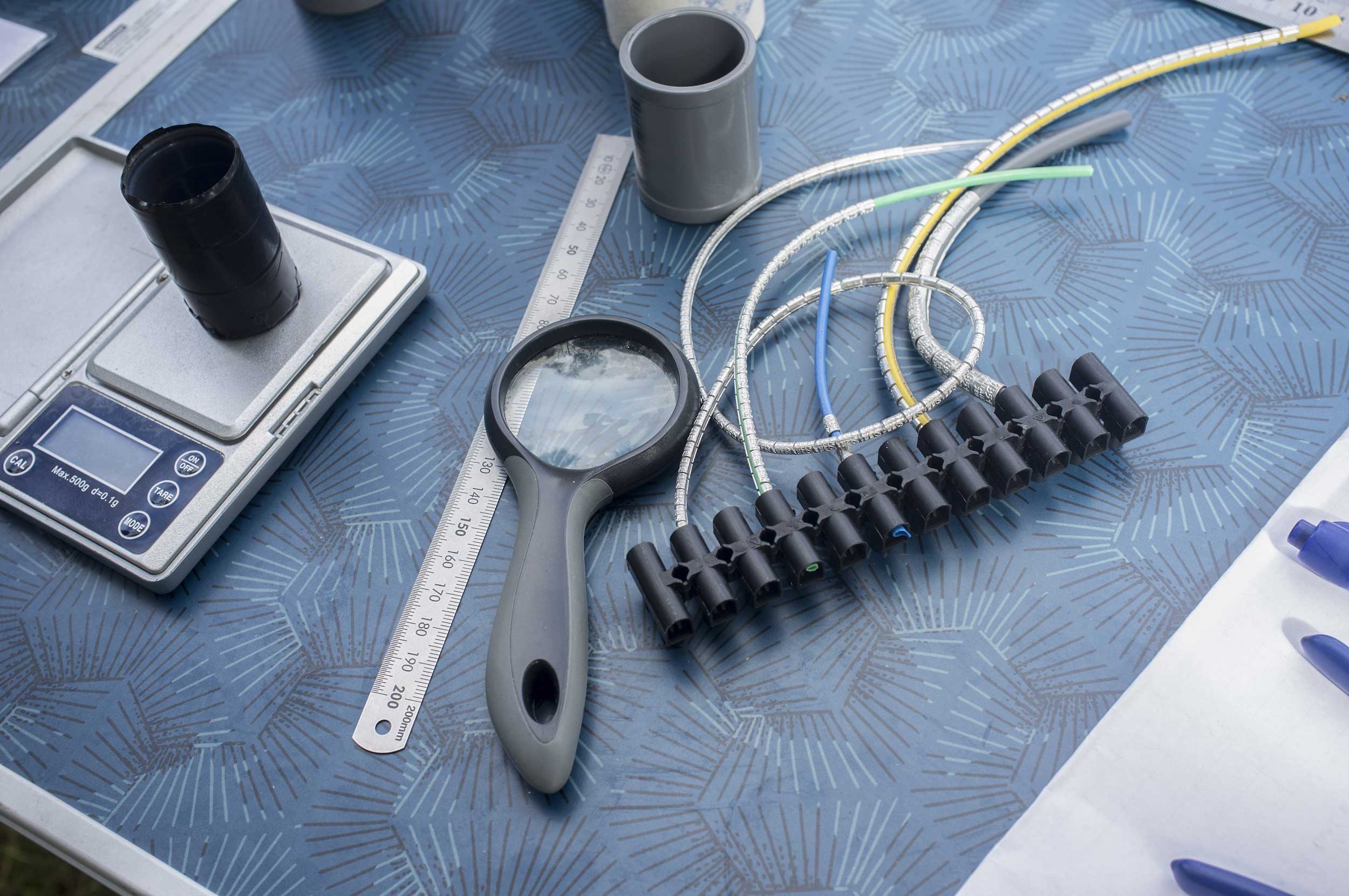
"I hate to pass the (U.S bird banding) program on to another country, but should the U.S. government decide to step away from its role, even temporarily, there are certainly signs that the Canadians can step up," Spellman said.
McBurney agrees. She believes the Canadian government can act as a strong central entity that collects birding banding data and doles it out to researchers that rely upon it.
"The government is the glue that holds the ability for universities, non-profit organizations and volunteer entities to do this work in a rational way," she said.
Spellman thinks there's also a rather obvious yet critical issue that the Canadians can help overcome: controlling the tiny metal bird bands themselves.
"The thing that needs to be reported is an actual physical band with a unique identifying number," said Spellman. "And that needs to be controlled by a centralized unit that also gives you access to the bands."
Back to the states.
One of the greatest barriers for continuing bird banding without federal support is a law originally passed to help protect birds on the edge of extinction: the Migratory Bird Treaty Act. Since becoming U.S. federal law in 1918, the act makes it a crime to kill, capture, sell or transport any one of more than 1,000 migrant bird species. The Bird Banding Lab issues special permits to bird banders so that they can temporarily capture and study a variety of birds. If the BBL goes away, so does its ability to issue permits.
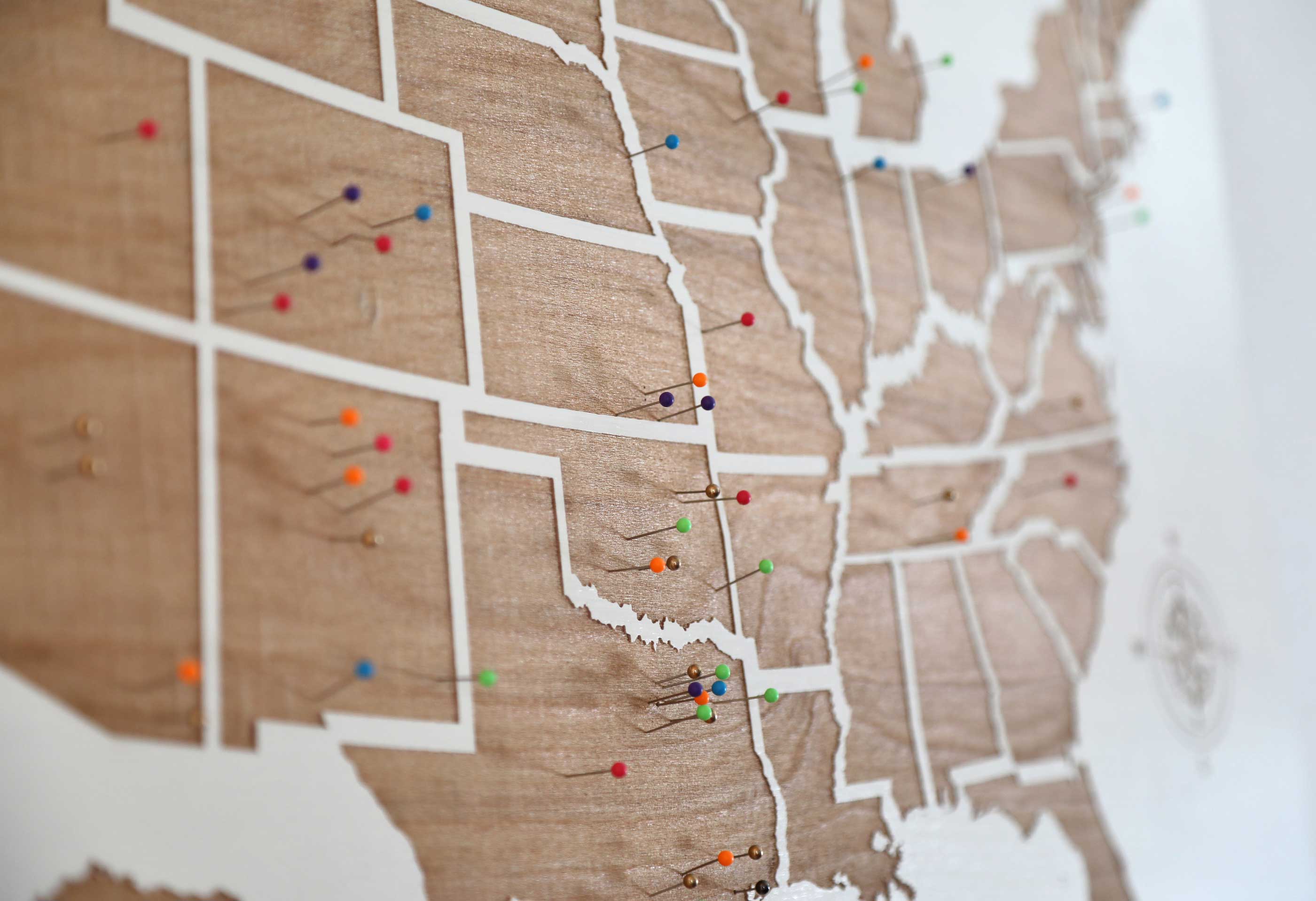
"You can't get bands unless you have a license, "McBurney said. "And you can't get a license unless you go through the process and the government gives you a license."
However, Spellman notes that many of the nation's states, including Colorado, require bird banders to have a state license, too. Should the issuing of federal permits grind to a halt, then he foresees a future where states pick up the slack.
"It would basically be a state initiative, so I guess we'd be going to states' rights," Spellman says with a laugh.
Facing an uncertain future.
Bopp realizes many people are deeply concerned about the potential loss of bird banding and the critical science it provides. Instead of feeling powerless, she encourages them to help Denver Audubon circle that wagons through support on many different levels.
"I really want to make sure we don't just conflate support with financial contributions," Bopp said. "What I mean is for people to be part of our community and say, 'I'm with you.' Then we can go to our representatives and go to organizations that are trying to bridge the gap and say, 'Look at all the support we have.' And then we'll make representatives listen."
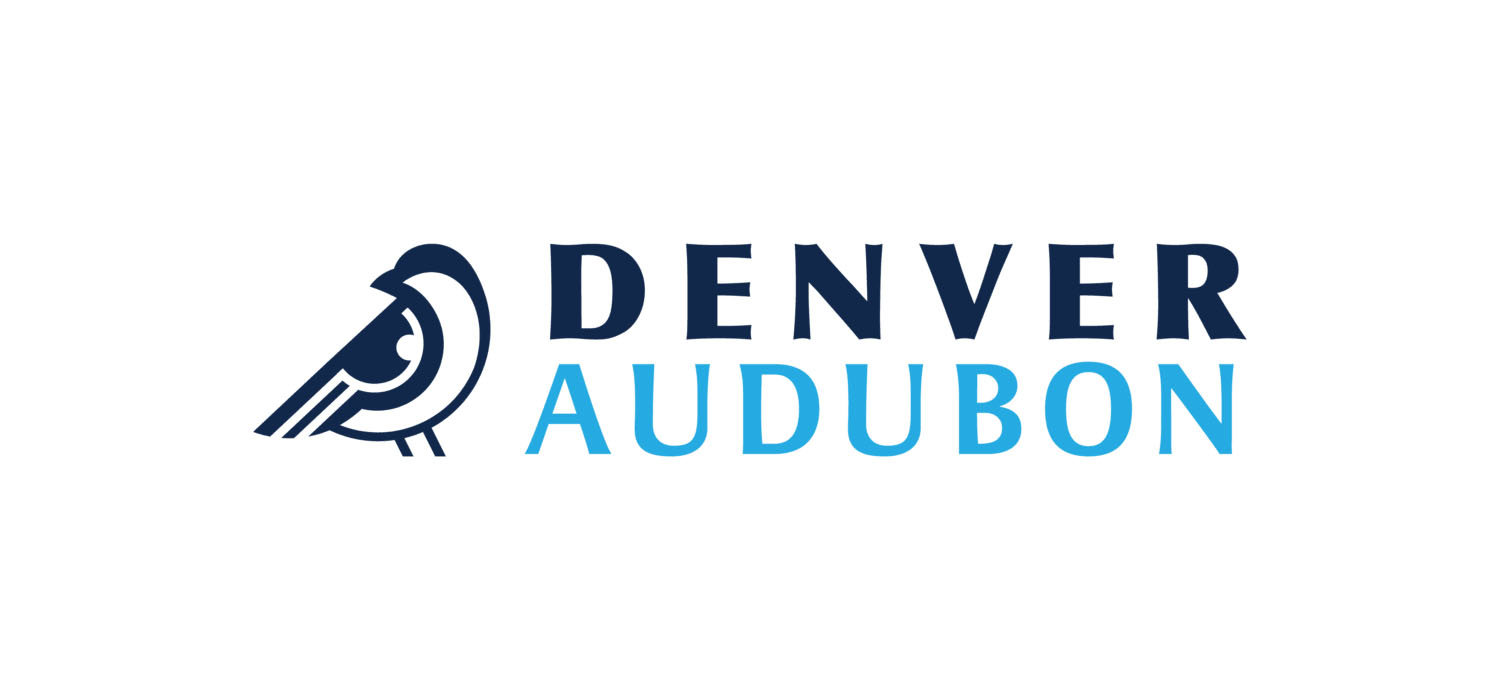
The allure of off-the-beaten-path travel
Lorem ipsum dolor sit amet, consectetur adipiscing elit ut aliquam, purus sit amet luctus venenatis, lectus magna fringilla urna, porttitor rhoncus dolor purus non enim praesent elementum facilisis leo, vel fringilla est ullamcorper eget nulla facilisi etiam dignissim diam quis enim lobortis scelerisque fermentum dui faucibus in ornare quam viverra orci sagittis eu volutpat odio facilisis mauris sit amet massa vitae tortor.

Unveiling the charm of lesser-known Destinations
Orci sagittis eu volutpat odio facilisis mauris sit amet massa vitae tortor condimentum lacinia quis vel eros donec ac odio tempor orci dapibus ultrices in iaculis nunc sed augue lacus.
- Lorem ipsum dolor sit amet consectetur facilisi etiam dignissim diam quis enim
- Mauris aliquet faucibus iaculis dui vitae ullamco sit amet luctus
- Posuere enim mi pharetra neque proin dic rhoncus dolor purus non enim
- Dui faucibus in ornare posuere enim mi pharetra neque proin dicit
Finding solitude in hidden gem locations
Lorem ipsum dolor sit amet, consectetur adipiscing elit ut aliquam, purus sit amet luctus venenatis, lectus magna fringilla urna, porttitor rhoncus dolor purus non enim praesent elementum facilisis leo, vel fringilla est ullamcorper eget nulla facilisi etiam dignissim diam quis enim lobortis scelerisque fermentum dui faucibus in ornare quam viverra orci sagittis eu volutpat odio facilisis mauris sit amet massa vitae tortor condimentum lacinia quis vel eros donec ac odio tempor orci dapibus ultrices.
The thrill of discovering untouched natural beauty
Dolor sit amet, consectetur adipiscing elit ut aliquam, purus sit amet luctus venenatis, lectus magna fringilla urna, porttitor rhoncus dolor purus non enim praesent elementum facilisis leo, vel fringilla est ullamcorper eget nulla.
- Lorem ipsum dolor sit amet consectetur tempor orci dapibus ultrices
- Mauris aliquet faucibus iaculis dui vitae ullamco elementum facilisis
- Posuere enim mi pharetra neque proin dic fermentum dui faucibus in ornare
- Purus sit amet luctus posuere enim mi pharetra neque proin dic
“Ut enim ad minim veniam, quis nostrud exercitation ullamco laboris nisi ut aliquip ex ea commodo consequat uis aute irure dolor in reprehenderit in voluptate velit”
Exploring cultural marvels off the tourist radar
Donsectetur adipiscing elit ut aliquam, purus sit amet luctus venenatis, lectus magna fringilla urna, porttitor rhoncus dolor purus non enim praesent elementum facilisis leo, vel fringilla est ullamcorper eget nulla facilisi etiam dignissim diam quis enim lobortis scelerisque fermentum dui faucibus in ornare quam viverra orci sagittis eu volutpat odio facilisis mauris sit amet massa vitae tortor condimentum lacinia quis vel eros donec ac odio tempor orci dapibus ultrices in iaculis nunc sed.

